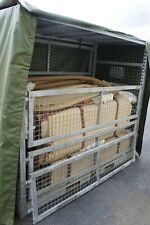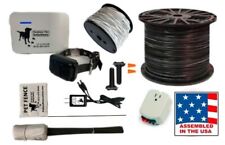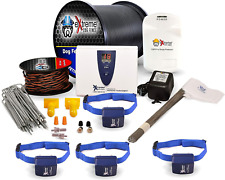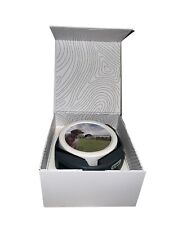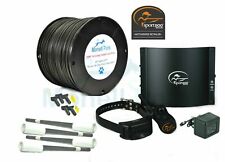Blister Beetles in Alfalfa Hay

That becomes a problem when alfalfa is swathed, during which dead blister beetles can be incorporated into the hay as it is made. Thus, livestock can accidentally consume whole beetles or their squashed remains when the hay is fed. Blister beetles are slender insects 12 to 19 mm long. They have prominent heads and may be black with yellow margins or black and yellow striped.
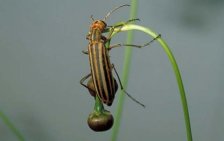
Blister beetles are found throughout the continental U.S. and agricultural areas of Canada. Although fairly common in North Carolina, they are infrequently pests of importance. Blister beetles have a wide host range. Important vegetable hosts include potato, tomato, melon, eggplant, sweet potato, bean, pea, cowpea, pumpkin, onion, spinach, beet, carrot, pepper, radish, corn, and cabbage.
Horses are especially susceptible to blister beetle poisoning. Consumption of 25 to 300 beetles can kill a mature horse. Cattle and sheep are much less susceptible, but blister beetles will reduce digestibility of hay and may throw cattle off feed. Also, cantharidin is a stable compound that withstands decomposition even when it is dried or heated; the hay will keep its toxicity in storage.
Because the toxin is absorbed and then excreted with the urine, severe inflammation of the urinary tract is a common sign of poisoning. Death may occur within 24 hours, and treatment with mineral oil by stomach tube is recommended but not always very effective. If blister beetle poisoning is suspected, contact a veterinarian immediately.
What can be done to avoid blister beetle problems?
- Identify the species of blister beetles.
- Grow your own alfalfa and maintain complete control over management practices, if possible.
- Because blister beetle populations are not large until mid- to late summer, set aside first and often second cutting hay for use in feeding horses. Or consider purchasing first cutting hay from neighbors to use as horse feed.
- Watch for beetles as you cut hay. Some species "swarm" in front of the harvester. Stop and let the beetles disperse before continuing.
- Crimping and other conditioning increases the number of beetles that remain in the swath prior to baling. If possible, try to cut the alfalfa and put in swaths that can be straddled by the tractor to avoid crushing beetles in the windrow.
- Eliminate weeds and cut the alfalfa before it reaches advanced bloom stages. Flowering plants attract the beetles that feed on alfalfa and weed pollen.
- Insecticide treatments are available but must be applied with preharvest intervals in mind. If you treat with insecticides, be sure to allow enough time so that dying beetles fall out of the canopy to the ground where they burrow into the soil. Do not treat fields at peak bloom to avoid bee kills and losses to other beneficial species.
Because the larvae of many blister beetles in the genus Epicauta eat only grasshopper egg pods, these blister beetles are often associated with grasshopper outbreaks. Alfalfa grown near rangeland has a greater likelihood of blister beetle infestation. Blister beetles are especially attracted to alfalfa and weeds (e.g., goldenrod) during bloom.

